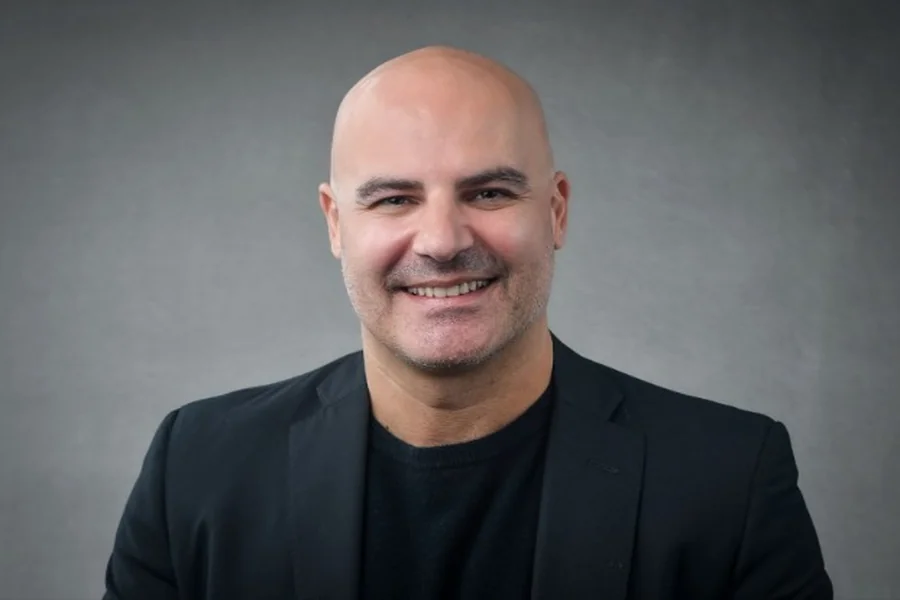Why Generational Thinking Matters
Wealth management is not only about the next quarter. For endowments and foundations, the horizon stretches decades into the future. Family offices understand this reality well. They are built to protect capital across generations, not just to maximise returns in the short term.
The challenge for institutions is balancing present needs with future obligations. Universities must fund scholarships today while protecting resources for students 50 years from now. Foundations must support communities now but also be ready for crises in the future. Generational thinking forces discipline. It demands patience, consistency, and a deep respect for stewardship.
The Family Office Playbook
Focus on Mission, Not Just Money
Family offices often define success in broader terms than returns. They ask how investments align with family values and long-term goals. The same mindset can benefit institutions.
One family office leader once explained that when they invested in renewable energy, it wasn’t only for returns. It reflected their family’s commitment to sustainability. For endowments and foundations, tying investments to mission strengthens purpose and builds trust with stakeholders.
Preserve Capital as the First Rule
Family offices prioritise capital preservation. They understand that protecting the core is essential to serve future generations. Aggressive growth strategies that risk permanent loss are avoided.
This lesson is critical for institutions. In 2008, endowments that stretched for higher returns with risky leverage were hit hardest. Those with stronger capital-preservation strategies recovered faster and continued to meet obligations.
Lessons for Endowments and Foundations
Building Durable Portfolios
Family offices rely on diversified portfolios. They spread capital across equities, bonds, private equity, real estate, and infrastructure. This approach reduces exposure to single risks and creates balance across cycles.
A study by Preqin found that family offices allocate about 50% of assets to alternatives, compared to 30% for typical institutions. Alternatives provide inflation protection, income, and diversification that public markets often lack. Endowments and foundations can borrow this model to build more resilient portfolios.
Adopting a Patient Capital Mindset
Family offices often hold assets for decades. They avoid chasing fads or quarterly performance targets. This patience allows them to capture value from long-term themes like healthcare, technology, or climate solutions.
Institutions can benefit from this patience. An endowment that invests in infrastructure may not see immediate returns, but over decades it secures stable income and inflation protection. A foundation that supports venture capital aligned with its mission may help shape industries that reflect its values.
Creating Flexible Governance
Family offices often have lean governance structures. Decisions can be made quickly, without the bureaucracy of large committees. This allows them to act decisively when opportunities appear.
Foundations and endowments can learn from this agility. While governance must remain strong, boards should empower committees to move faster. Opportunities disappear when approvals take months.
The Human Side of Stewardship
Aligning Values and Decisions
Family offices are built on values passed through generations. Institutions can adopt the same approach by aligning investment policy with mission statements. This ensures that financial decisions reflect core principles, not just market trends.
A university endowment, for example, may choose to avoid investments in tobacco or fossil fuels to align with student and faculty values. This not only reflects integrity but also strengthens engagement with donors and stakeholders.
Preparing the Next Generation
Family offices invest heavily in educating younger generations about stewardship. They bring them into discussions early, teaching both financial skills and values.
Endowments and foundations can mirror this by involving younger board members, trustees, or staff in investment discussions. This prepares future leaders to carry forward the mission. It also brings fresh perspectives that balance tradition with innovation.
Actionable Recommendations
1. Prioritise Preservation Before Growth
Make capital protection the first rule. Growth matters, but without preservation, the mission cannot survive.
2. Expand Into Alternatives Thoughtfully
Increase allocations to real estate, infrastructure, and private equity. These assets balance portfolios and protect against inflation. Ensure proper due diligence before committing.
3. Build Flexible Governance Models
Simplify decision-making processes where possible. Empower committees with clear guidelines to act quickly during market shifts.
4. Align Investments With Mission
Tie portfolios directly to institutional values. Communicate this alignment to stakeholders for greater trust and engagement.
5. Educate Future Stewards
Create mentorship and training for younger trustees and staff. Involve them in investment conversations to prepare them for future responsibility.
Insights From Experience
Advisors like Youssef Zohny have observed that institutions often struggle with balancing short-term needs against long-term obligations. He has noted that family offices excel by keeping discipline and patience at the centre of decision-making. For endowments and foundations, adopting that mindset can transform investment strategy into generational stewardship.
Looking Ahead
Endowments and foundations face rising demands, tighter regulations, and more complex markets. At the same time, communities rely on them more than ever. Learning from family offices offers a roadmap for resilience.
The focus must shift from chasing returns to building lasting impact. By prioritising preservation, aligning with mission, and preparing the next generation, institutions can create legacies that endure.
Final Thoughts
Wealth stewardship is about more than managing assets. It is about responsibility to future generations. Family offices provide a powerful model for how to balance returns with values, patience with purpose, and scale with agility.
For endowments and foundations, the path forward is clear. Embrace long-term thinking. Protect the core. Align money with mission. And prepare the leaders of tomorrow. With these steps, they can achieve generational impact that outlives any market cycle.


